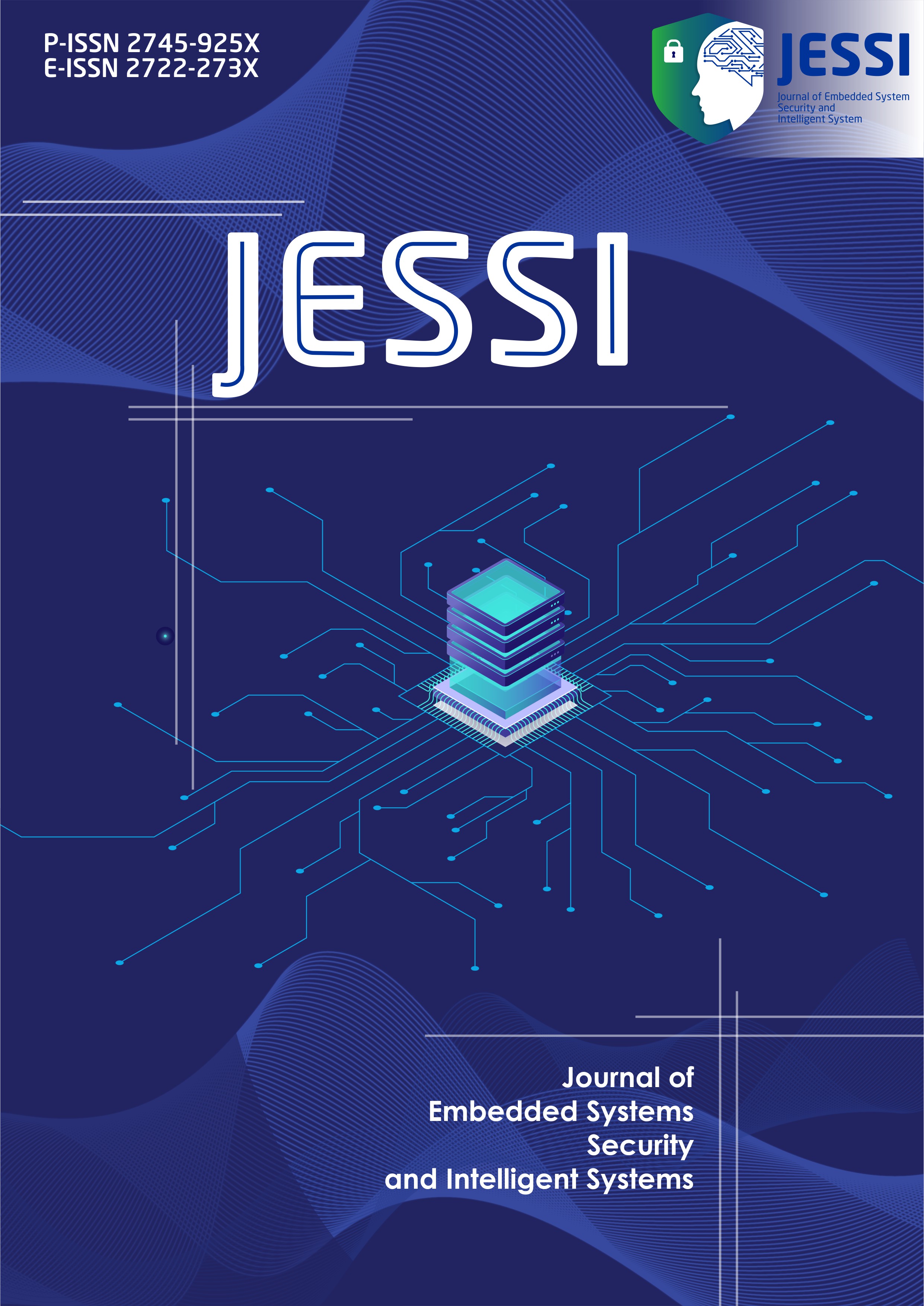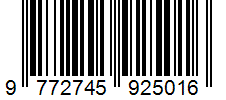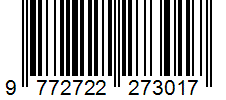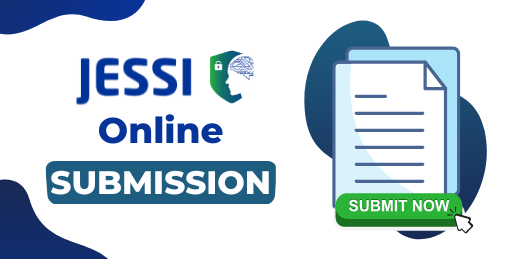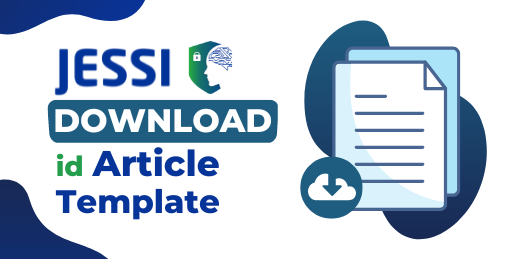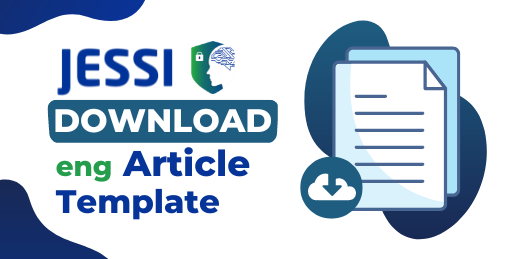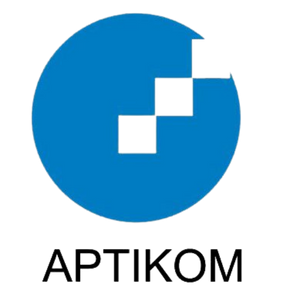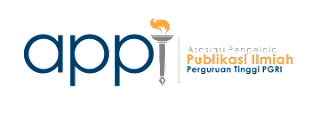Designing Digital Mading Information and Communication System (DMICS) as a Website-based Trusted Information Provider and Management Service
Keywords:
Digital Mading, Agile Method, Information System, System QualityAbstract
Technological advancement, today's technical sophistication makes everything easier. The internet is a component of today's technological sophistication. The purpose of this research is to develop a digital magazine system that will facilitate information assistance and the ability to provide information directly through the digital magazine website and play a role in increasing student reading and digital literacy. The development method used in this DMICS design is the agile method. The population used in this study were 48 students and lecturers in Makassar. Data obtained by data collection techniques in the form of literature study and online questionnaire distribution. The designed system is tested using Blackbox Testing to test the function of its features. The results of the study can be concluded that the Digital Mading Information & Communication System (DMICS) can be used as an information container for users. This is indicated from the results of the analysis of each construct has an average value of a good category where each construct of Behavioural Intention to Use (BI), Perceived Enjoyment (PE), Information Quality (IQ), Perceived Usefulness (PU), and System Quality (SQ) obtained a value range of 3.17-3.25. This shows that there is a relationship or influence from the dependent variable, namely, Behavioural intention to use (X1), Perceived enjoyment (X2), Information quality (X3), Perceived usefulness (X4), and System quality (X5) on the independent variable construct, namely actual usage behaviour (Y). Thus, the design of a digital mading information system or Digital Mading Information & Communication System (DMICS) is proven to be good for potential users as a forum for increasing digital literacy.
Downloads
References
D. Komalasari and I. Solikin, “Penerapan Aplikasi Mading Digital Berbasis Web Pada MA. Miftahul Huda Kabupaten OKI,” Jurnal Sistem Informasi, vol. 4, 2018.
J. Junaidi, W. Satria, and D. Wahyuni, “Penggunaan Internet Sebagai Media Komunikasi Dalam Proses Pelaksanaan Aktivitas Belajar Mahasiswa Di Universitas Dharmawangsa,” j.Educ.hum.soc.sciences, vol. 4, no. 1, pp. 131–139, Jun. 2021, doi: 10.34007/jehss.v4i1.511.
M. Ngafifi, “KEMAJUAN TEKNOLOGI DAN POLA HIDUP MANUSIA DALAM PERSPEKTIF SOSIAL BUDAYA,” jppfa, vol. 2, no. 1, Jun. 2014, doi: 10.21831/jppfa.v2i1.2616.
A. P. Fauzy, M. Munaris, Universitas Lampung, R. Prayogi, and Universitas Lampung, “PENGEMBANGAN MAJALAH DINDING DIGITAL (MADIDI) DI WEBSITE SEKOLAH SEBAGAI SARANA PUBLIKASI PRODUK PEMBELAJARAN BAHASA INDONESIA,” Jurnal Kata: Bahasa, Sastra, dan Pembelajarannya, vol. 9, no. 2, 2021, doi: 10.23960/Kata.v9.i2.202103.
M. Ferdiansyah and S. Andriasari, “RANCANG BANGUN SISTEM INFORMASI MADING DIGITAL BERBASIS WEB PADA SMK BANII SAALIM BANDAR LAMPUNG,” jimik, vol. 4, no. 1, pp. 173–181, Jan. 2023, doi: 10.35870/jimik.v4i1.152.
N. Mazhud, I. Akidah, and S. Rahmawati, “Menumbuhkan Kreativitas melalui Pelatihan Membuat Mading Digital Siswa MA Wihdatul Ulum,” vol. 4, no. 1, 2023.
E. Novalia and A. Voutama, “Black Box Testing dengan Teknik Equivalence Partitions Pada Aplikasi Android M-Magazine Mading Sekolah,” Syntax J. Inf., vol. 11, no. 01, pp. 23–35, Jun. 2022, doi: 10.35706/syji.v11i01.6413.
R. Jumardi and A. Nugroho, “Aplikasi Mading Digital Sebagai Media Promosi Produk Pelaku Usaha Mikro, Kecil Dan Menengah,” JNKTI, vol. 4, no. 6, pp. 501–508, Dec. 2021, doi: 10.32672/jnkti.v4i6.3685.
M. D. Safitri, “STRATEGI KEPALA SEKOLAH DALAM MENINGKATKAN KESADARAN DAN KEMAMPUAN LITERASI DIGITAL PESERTA DIDIK,” vol. 10.
M. Coffin Murray, J. Pérez, and J. Fluker, “Digital Literacy in the Core: The Emerging Higher Education Landscape,” IISIT, vol. 19, pp. 001–013, 2022, doi: 10.28945/4957.
I. Sommerville, Software engineering, 9th ed. Boston: Pearson, 2011.
H. Ahyar, D. Sukmana, and H. Andriani, Buku Metode Penelitian Kualitatif & Kuantitatif. Yogyakarta: CV. Pustaka Ilmu, 2020.
C. Wardhana, “ANALISIS PENGGUNAAN E-LEARNING EDMODO DENGAN MENGGUNAKAN PENDEKATAN TECHNOLOGY ACCEPTANCE MODEL (TAM) PADA MATA PELAJARAN SIMULASI DIGITAL KELAS X RPL DI SMK MUHAMMADIYAH 1 BANTUL”.
K. O. Simatupang and A. F. Pakpahan, “Metode Agile Dalam Perancangan Sistem Informasi Reservasi Fasilitas Universitas Advent Indonesia,” josh, vol. 3, no. 4, pp. 608–617, Jul. 2022, doi: 10.47065/josh.v3i4.1816.
A. N. Rachman, “SISTEM INFORMASI WISATA DI AMPERA WATERPARK,” 2018.
D. Ariesandika, S. A. Wicaksono, and F. Pradana, “Pengembangan Sistem Informasi Monitoring Pekerjaan Kantor Konsultan Pajak Berbasis Web pada Kantor Konsultan Pajak I Gede Arianta,” 2018.
D. E. Silalahi, E. A. Handayani, B. Munthe, M. M. Simanjuntak, S. Wahyuni, and R. Mahmud, LITERASI DIGITAL BERBASIS PENDIDIKAN: TEORI, PRAKTEK DAN PENERAPANNYA. Padang: PT. GLOBAL EKSEKUTIF TEKNOLOGI, 2022.
Downloads
Published
How to Cite
Issue
Section
License
Copyright (c) 2023 Journal of Embedded Systems, Security and Intelligent Systems

This work is licensed under a Creative Commons Attribution-ShareAlike 4.0 International License.

